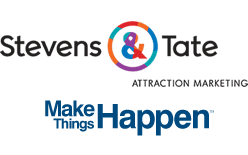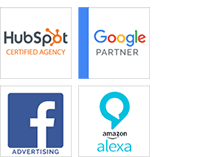Today’s customers are not just buying products; they are buying into the brands. That’s why green marketing is more than a nice-to-have—it’s a powerful strategy for building brand loyalty with eco-conscious consumers. With more people prioritizing sustainability, brands have a unique chance to stand out by taking genuine, impactful steps toward environmental responsibility. When you commit to green marketing in ways that align with your brand values and openly communicate your progress, you create deeper connections and lasting loyalty.
Need More Reasons to Go Green?
Sustainability is often discussed in terms of its environmental benefits, but what about its impact on human health? The truth is, going green offers numerous advantages for our well-being. Sustainable practices like reducing pollution, using non-toxic materials, and conserving natural resources not only help create healthier ecosystems but also contribute to cleaner air, water, and soil. By supporting green efforts, your business is playing a role in ensuring a healthier future for all.
Sustainability Trends in Marketing
Here are some key trends shaping the green marketing landscape:
• Circular Economy Marketing
Traditionally, businesses have focused on increasing sales and market share through a linear economy model, which relies heavily on the extraction and disposal of resources. However, its negative impact on the environment, society, and long-term business sustainability is driving a shift toward a circular economy. Circular models, such as resale, repair and reuse, enable businesses to grow revenue while reducing dependence on finite resources. This strategy reduces costs, cuts greenhouse gas emissions and strengthens customer loyalty while meeting business goals.
• Green Influencers
Social media influencers have long played an important role in shaping consumer behavior. With the growing emphasis on green marketing and environmental responsibility, eco-conscious influencers are gaining prominence. Partnering with these personalities can add credibility and extend the reach of your sustainable marketing initiatives, effectively aligning your brand with values that resonate deeply with environmentally aware audiences.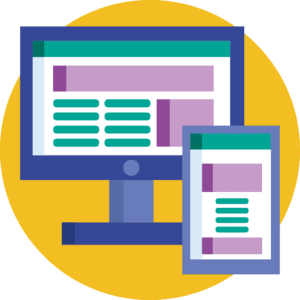
• Sustainable Digital Marketing
Unlike traditional methods such as direct mail and printed materials, digital marketing provides a sustainable alternative that significantly reduces environmental impact. Leveraging platforms like email newsletters, social media, and targeted online ads allows brands to promote sustainable products and behaviors while minimizing the carbon footprint.
• Customer Education and Empowerment
Spread the word about green marketing to your brand’s audience. It’s a great opportunity to educate customers on the importance of sustainability and how your products contribute to the environment. Many brands are using interactive content, events, and workshops to engage and inform customers. This not only strengthens your connection with eco-conscious customers but also helps those less familiar with sustainable practices, empowering them to make more informed, environmentally friendly choices.
Also Read Customer Engagement Strategy
Practical Strategies for Building Brand Loyalty Through Green Marketing
Here are strategies that can make your green marketing efforts more effective:
• Product Design & Innovation
Sustainable practices should begin at the design stage. By making products more long-lasting, easily repairable, compostable, and safer for transportation, brands can reduce social, environmental and economic impacts from the outset. Designing with eco-friendliness at the core signals a commitment to both quality and sustainability, showing customers that your brand values the planet as much as it values its products.
If your brand is making a positive impact on the environment, let people know. Use your advertising channels to clearly communicate your commitment to sustainability. Whether through digital ads, print materials, or social media campaigns, put your eco-friendly practices at the forefront. Featuring these efforts in your ads helps raise awareness of your brand’s environmental values.
• Highlight Sustainability Through Content Marketing
Highlight your brand’s green initiatives across all customer touchpoints. This can include blog posts, white papers, case studies, videos, newsletters, and more that emphasize your commitment to sustainable practices. These content assets keep customers informed, engaged, and remind them of their role in supporting eco-friendly initiatives.
Also Read Content Marketing Misconceptions
• Collaborate with Eco-Friendly Brands
Teamwork can drive greater results than going solo. Partner with like-minded businesses to co-host events, run joint marketing campaigns, or cross-promote each other’s products. These collaborations can amplify your brand’s reach, enhance credibility, and show your customers that sustainability is a shared value.
Connecting with communities over environmental causes can deepen your brand’s impact. Consider sponsoring eco-friendly initiatives or supporting local sustainability efforts. When consumers see that your commitment goes beyond profit, it fosters a shared purpose that builds trust.
Also Read Brand Marketing Strategy: Community and Advocacy
• Carbon Offset Programs
If you’re looking to elevate your green marketing efforts—or if product changes are limited—implementing a carbon offset program can be a powerful way to reduce your environmental impact. Offsetting emissions and working toward carbon neutrality demonstrates a genuine, long-term commitment to sustainability, which resonates strongly with today’s environmentally conscious consumers.
An Example of a Successful Green Marketing Effort
Green marketing is all about taking tangible steps toward sustainability and openly sharing those efforts with your audience. Patagonia is a great example of how green marketing can foster an authentic connection and empathy with consumers. Through a dedicated website that showcases their sustainability efforts, they regularly update customers on their progress, future goals, and stories about their initiatives and impact. This transparency has played a key role in earning them significant customer loyalty.
 Patagonia Website
Patagonia Website
Measuring the Impact of Green Marketing on Brand Loyalty
To ensure green marketing is delivering results, focus on long-term KPIs rather than short-term metrics. Customer lifetime value, repeat purchase rates, and sentiment analysis are essential in evaluating loyalty. Additionally, create a feedback loop to gather customer thoughts on your initiatives; their input can be invaluable in refining your approach.
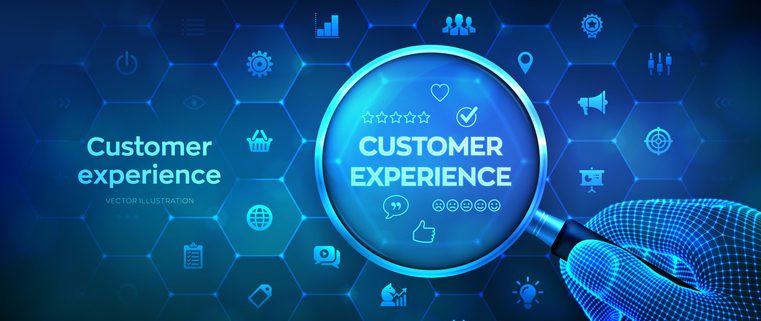
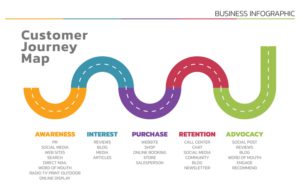



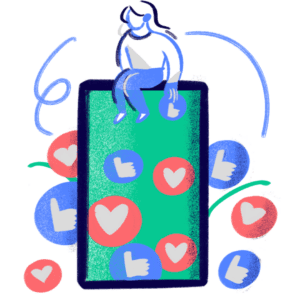 While celebrity influencers dominate B2C marketing, micro-influencers are emerging as leaders in the B2B space. These influencers often specialize in
While celebrity influencers dominate B2C marketing, micro-influencers are emerging as leaders in the B2B space. These influencers often specialize in  In the B2B world, quick, one-off influencer collaborations often fall flat. Long-term partnerships, on the other hand, are far more effective at building trust and driving meaningful results. Collaborating consistently with one or a select group of influencers creates a steady stream of content that helps establish a solid foundation. These ongoing partnerships allow influencers to gain a deeper understanding of the brand’s products, values and audience, resulting in content that is more authentic and relevant.
In the B2B world, quick, one-off influencer collaborations often fall flat. Long-term partnerships, on the other hand, are far more effective at building trust and driving meaningful results. Collaborating consistently with one or a select group of influencers creates a steady stream of content that helps establish a solid foundation. These ongoing partnerships allow influencers to gain a deeper understanding of the brand’s products, values and audience, resulting in content that is more authentic and relevant.
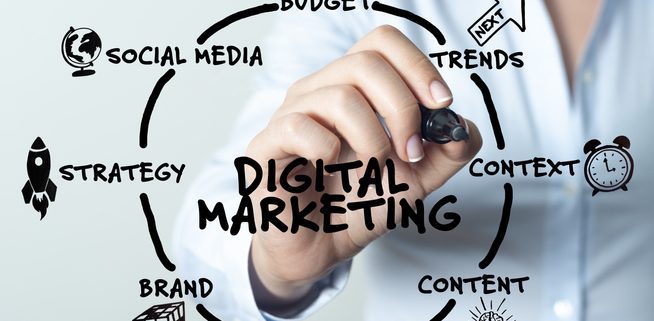

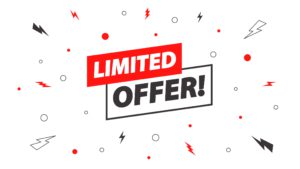






 Patagonia Website
Patagonia Website











